Western Osprey
Posted: Tue May 22, 2012 10:46 am
170. Western Osprey Pandion haliaetus (Visvalk)
Order: Accipitriformes. Family: Pandionidae
The Osprey (or fishhawk) is a fish-eating hawk in its own family (Pandionidae) that is found almost everywhere in the world. It possesses specialised physical characteristics and exhibits unique behaviour to assist in hunting and catching prey. As a result of these unique characteristics, it has been given its own taxonomic genus, Pandion and family, Pandionidae. Four subspecies are usually recognized, one of which has recently been given full species status (P. h. cristatus as Eastern Osprey). Its toes are of equal length, its tarsi are reticulate, and its talons are rounded, rather than grooved. The Osprey and owls are the only raptors whose outer toe is reversible, allowing them to grasp their prey with two toes in front and two behind. This is particularly helpful when they grab slippery fish.
Description
The plumage of the osprey is generally brown above and white below, with a whitish head. The wings are long and pointed and the legs are stout and heavily scaled. It has yellow-eyes with a dark band through the eye. Slightly crested head, masked appearance and white underparts identify this large hawk at rest. Seen in flight from below the Osprey has white or slightly mottled underparts. The long wings are angled, bending at the 'wrist' which has a black patch contrasting with the white wing linings, and at a distance it could be mistaken for a large gull.
The juvenile is fairly similar to the adult but the head is more darkly-streaked and the upperparts appear scaled with cream and pale rufous. Juveniles also have an orange-red iris, rather than the yellow iris that is typical of adults. Juvenile plumage is replaced by adult plumage by 18 months of age.
Might be confused with immature African Fish Eagle found in similar habitat, but the latter is a larger bird with broad wings and a very short tail.
Distribution
One of the most widespread birds of prey, it occurs on every continent except Antarctica; in Africa it is partly resident in the tropics but is a non-breeding visitor pretty much everywhere else, including southern Africa. Here it is generally uncommon and localised across much of the region, excluding the arid interior.
Habitat
Mostly freshwater and estuaries, rarely at sea.
Movements and migrations
Mainly a non-breeding migrant to southern Africa, arriving from October-December and leaving from March-May. However there are records of individuals who have stayed in the region over winter and some may even be resident.
Subspecies
There are four subspecies of the osprey, each occupying a different part of its overall range and differing slightly in size and appearance: Pandion haliaetus haliaetus, P. h. carolinensis, P. h. cristatus and P. h. ridgwayi. Pandion haliaetus haliaetus breeds in Europe, Asia and north Africa and winters in South Africa, India and southeast Asia; P. h. carolinensis breeds in North America and the Caribbean and winters in Florida, the Caribbean and South America; P. h. cristatus is a year round resident of coastal Australia and the southwest Pacific; and P. h. ridgwayi inhabits the Caribbean, from Cuba and the Bahamas to southeast Mexico and Belize.
Diet
It almost exclusively eats fish, typically hunting by flying in circles over the water. Once it has spotted a fish it dives into the water feet first, with its wings held back, sometimes submerging itself completely to catch prey up to about a metre below the surface. It is more successful when the water is choppy than when it is calm, probably because prey can spot the Osprey more easily. If it catches a fish, it rises from the water with wings flapping hard to gain height, shivering and shaking itself dry before heading back to a favoured perch to feed.
Breeding
There are only four confirmed breeding records in southern Africa. It is a monogamous, territorial solitary nester. The nest is built by both sexes, consisting of a large, tower-like platform of sticks and other woody material, up to 1.5 m high and 1 m wide. A cup is set into the top of the structure, lined with dry grass. It can be placed in a variety of sites; in southern Africa it was once found in a Sycamore fig (Ficus sycomorus). Egg-laying season is in spring and summer. It lays 1-4 eggs, which are incubated for about 35-43 days. The chicks stay in the nest for roughly 50 days.
Call
Usually silent. Listen to Bird Call.
Status
Uncommon non-breeding summer visitor to most of South Africa except in the arid west. Classified as Least Concern (LC) on the IUCN Red List.
Order: Accipitriformes. Family: Pandionidae
The Osprey (or fishhawk) is a fish-eating hawk in its own family (Pandionidae) that is found almost everywhere in the world. It possesses specialised physical characteristics and exhibits unique behaviour to assist in hunting and catching prey. As a result of these unique characteristics, it has been given its own taxonomic genus, Pandion and family, Pandionidae. Four subspecies are usually recognized, one of which has recently been given full species status (P. h. cristatus as Eastern Osprey). Its toes are of equal length, its tarsi are reticulate, and its talons are rounded, rather than grooved. The Osprey and owls are the only raptors whose outer toe is reversible, allowing them to grasp their prey with two toes in front and two behind. This is particularly helpful when they grab slippery fish.
Description
The plumage of the osprey is generally brown above and white below, with a whitish head. The wings are long and pointed and the legs are stout and heavily scaled. It has yellow-eyes with a dark band through the eye. Slightly crested head, masked appearance and white underparts identify this large hawk at rest. Seen in flight from below the Osprey has white or slightly mottled underparts. The long wings are angled, bending at the 'wrist' which has a black patch contrasting with the white wing linings, and at a distance it could be mistaken for a large gull.
The juvenile is fairly similar to the adult but the head is more darkly-streaked and the upperparts appear scaled with cream and pale rufous. Juveniles also have an orange-red iris, rather than the yellow iris that is typical of adults. Juvenile plumage is replaced by adult plumage by 18 months of age.
Might be confused with immature African Fish Eagle found in similar habitat, but the latter is a larger bird with broad wings and a very short tail.
Distribution
One of the most widespread birds of prey, it occurs on every continent except Antarctica; in Africa it is partly resident in the tropics but is a non-breeding visitor pretty much everywhere else, including southern Africa. Here it is generally uncommon and localised across much of the region, excluding the arid interior.
Habitat
Mostly freshwater and estuaries, rarely at sea.
Movements and migrations
Mainly a non-breeding migrant to southern Africa, arriving from October-December and leaving from March-May. However there are records of individuals who have stayed in the region over winter and some may even be resident.
Subspecies
There are four subspecies of the osprey, each occupying a different part of its overall range and differing slightly in size and appearance: Pandion haliaetus haliaetus, P. h. carolinensis, P. h. cristatus and P. h. ridgwayi. Pandion haliaetus haliaetus breeds in Europe, Asia and north Africa and winters in South Africa, India and southeast Asia; P. h. carolinensis breeds in North America and the Caribbean and winters in Florida, the Caribbean and South America; P. h. cristatus is a year round resident of coastal Australia and the southwest Pacific; and P. h. ridgwayi inhabits the Caribbean, from Cuba and the Bahamas to southeast Mexico and Belize.
Diet
It almost exclusively eats fish, typically hunting by flying in circles over the water. Once it has spotted a fish it dives into the water feet first, with its wings held back, sometimes submerging itself completely to catch prey up to about a metre below the surface. It is more successful when the water is choppy than when it is calm, probably because prey can spot the Osprey more easily. If it catches a fish, it rises from the water with wings flapping hard to gain height, shivering and shaking itself dry before heading back to a favoured perch to feed.
Breeding
There are only four confirmed breeding records in southern Africa. It is a monogamous, territorial solitary nester. The nest is built by both sexes, consisting of a large, tower-like platform of sticks and other woody material, up to 1.5 m high and 1 m wide. A cup is set into the top of the structure, lined with dry grass. It can be placed in a variety of sites; in southern Africa it was once found in a Sycamore fig (Ficus sycomorus). Egg-laying season is in spring and summer. It lays 1-4 eggs, which are incubated for about 35-43 days. The chicks stay in the nest for roughly 50 days.
Call
Usually silent. Listen to Bird Call.
Status
Uncommon non-breeding summer visitor to most of South Africa except in the arid west. Classified as Least Concern (LC) on the IUCN Red List.
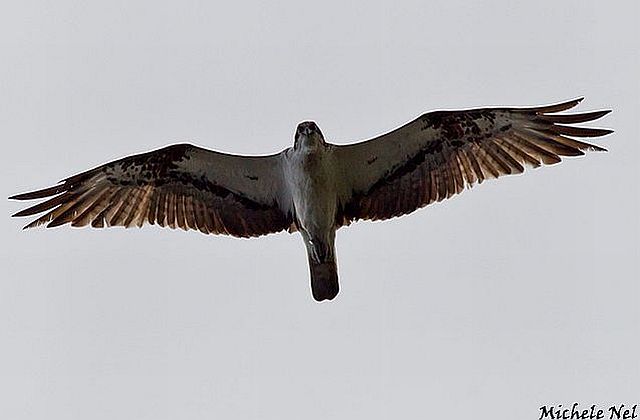 © Michele Nel
© Michele Nel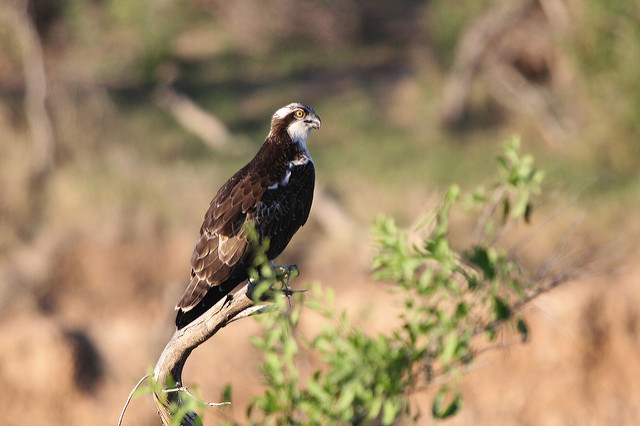 © flying cheetah
© flying cheetah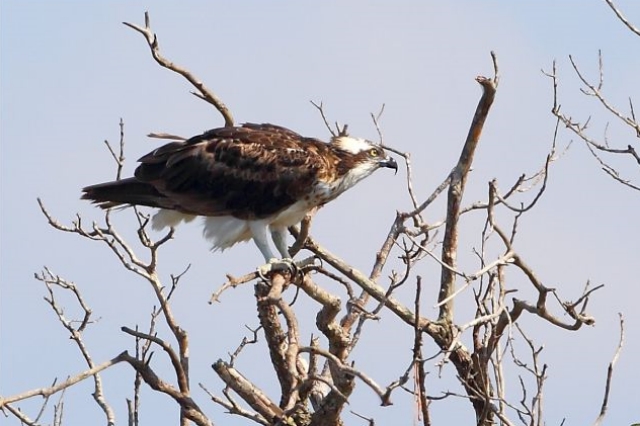 © Duke
© Duke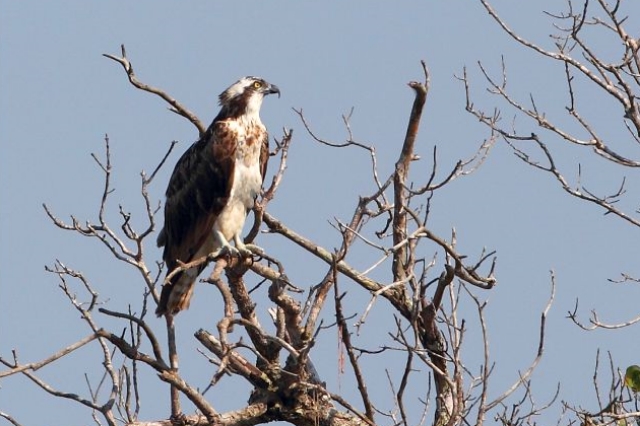 © Duke
© Duke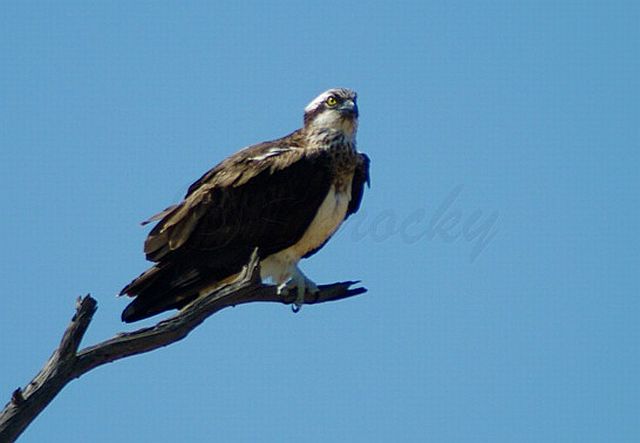 © Sprocky
© Sprocky © Pumbaa
© Pumbaa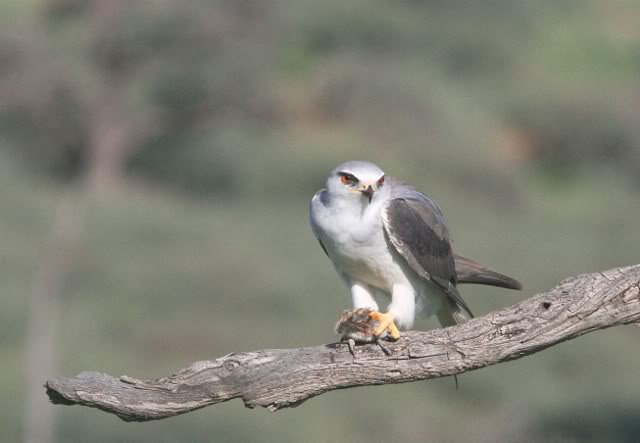 © nan
© nan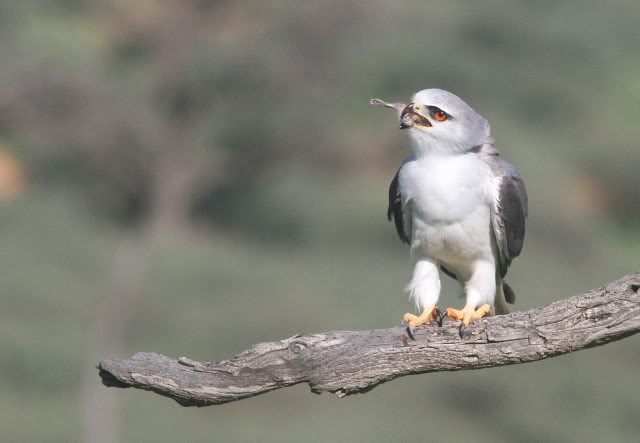 © nan
© nan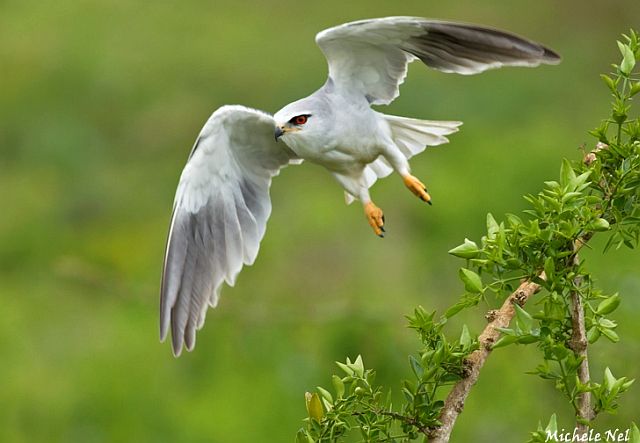 © Michele Nel
© Michele Nel © Joan
© Joan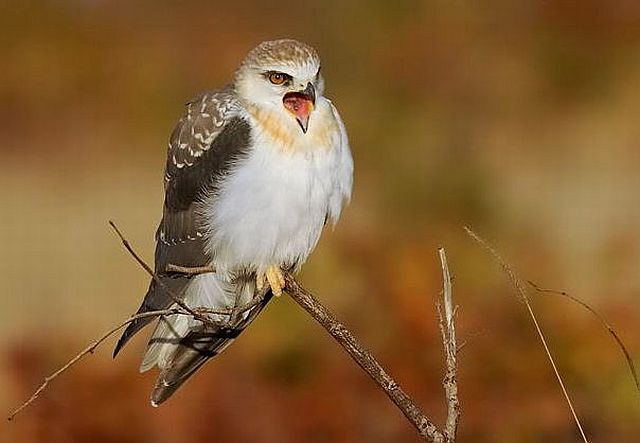 © Dewi
© Dewi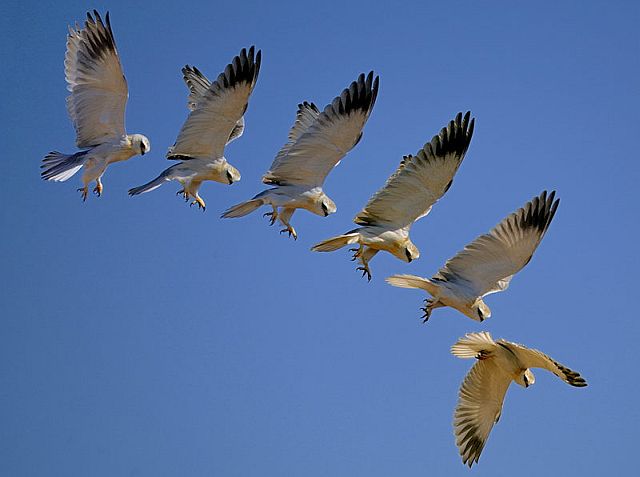 © Dewi
© Dewi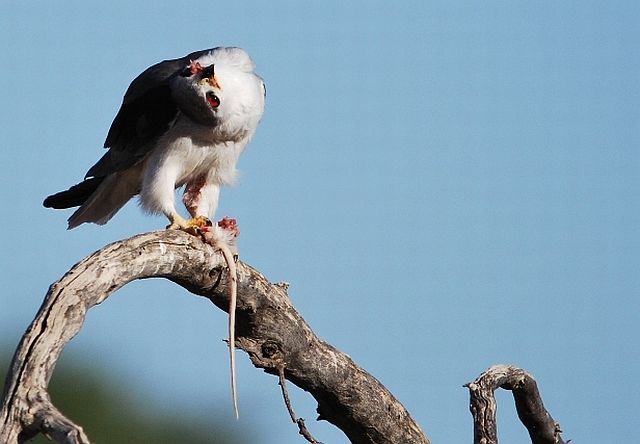 © Mel
© Mel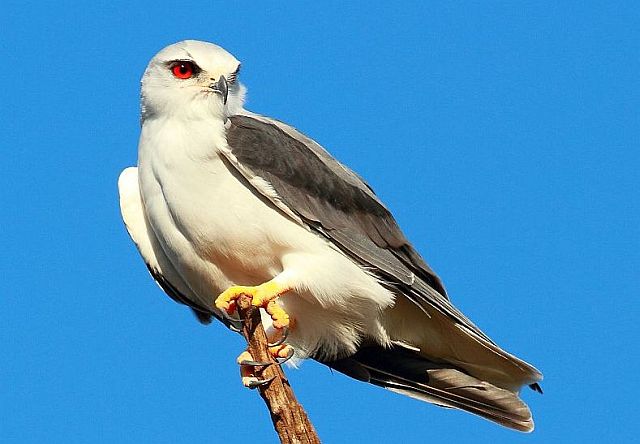 © Sharifa & Duke
© Sharifa & Duke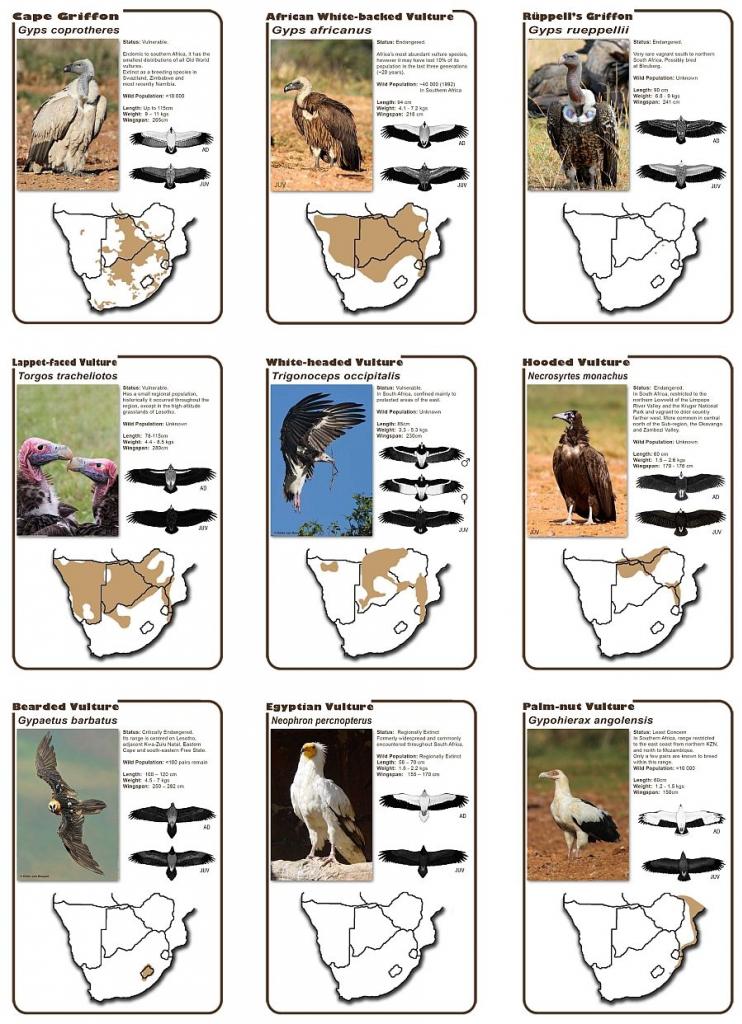
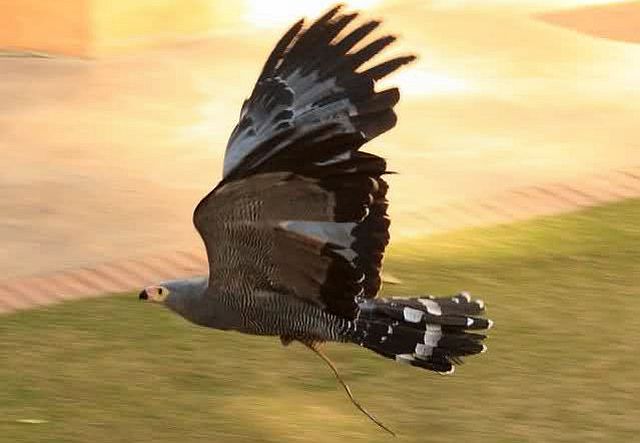 © Flutterby
© Flutterby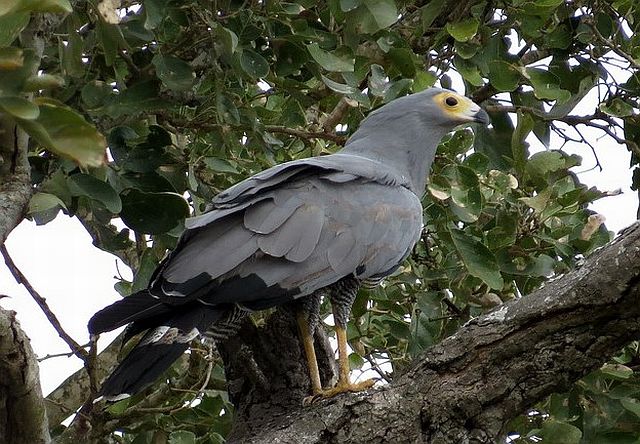 © Bushcraft
© Bushcraft © nan
© nan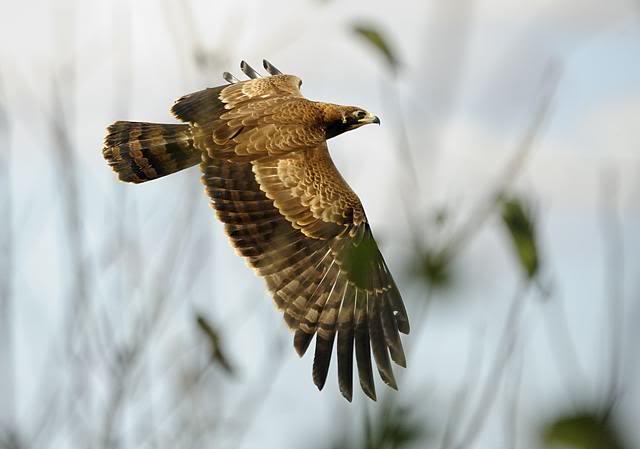 © Dewi
© Dewi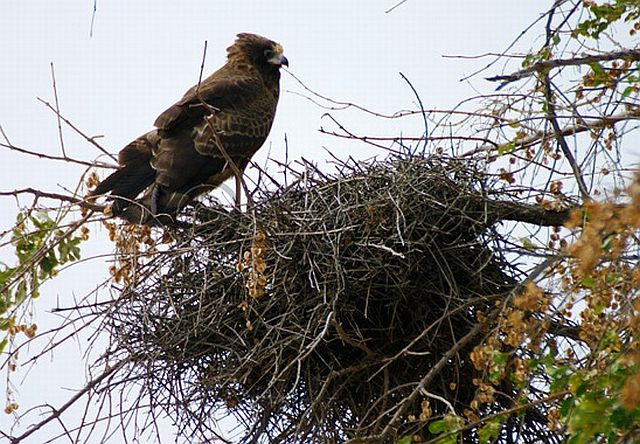 © Sprocky
© Sprocky © nan
© nan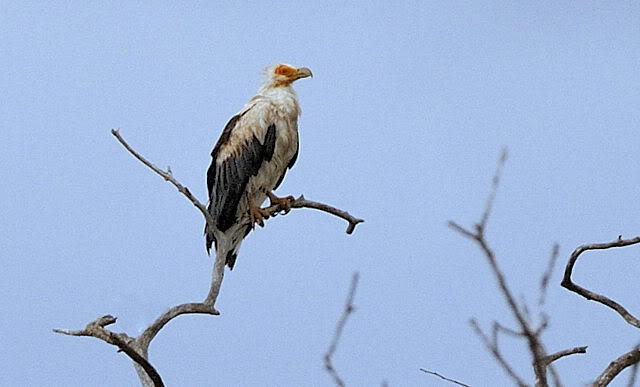 © Dewi
© Dewi © PRWIN
© PRWIN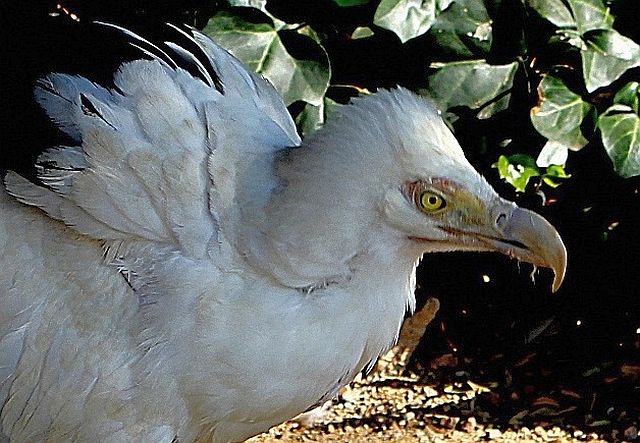 © Amoli
© Amoli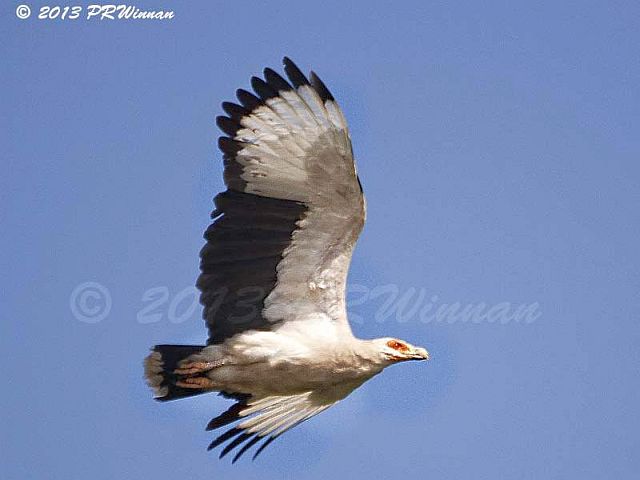 © PRWIN
© PRWIN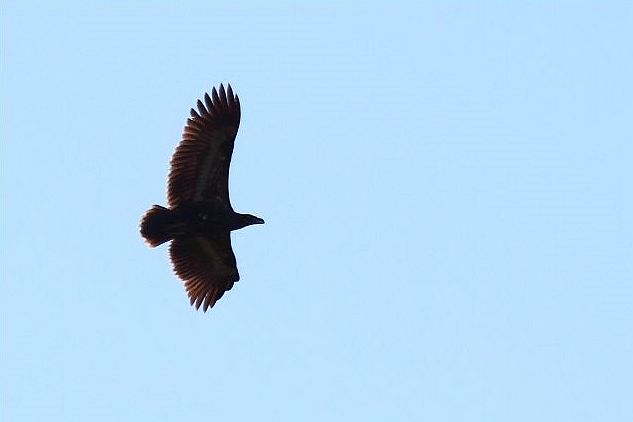 © Duke
© Duke